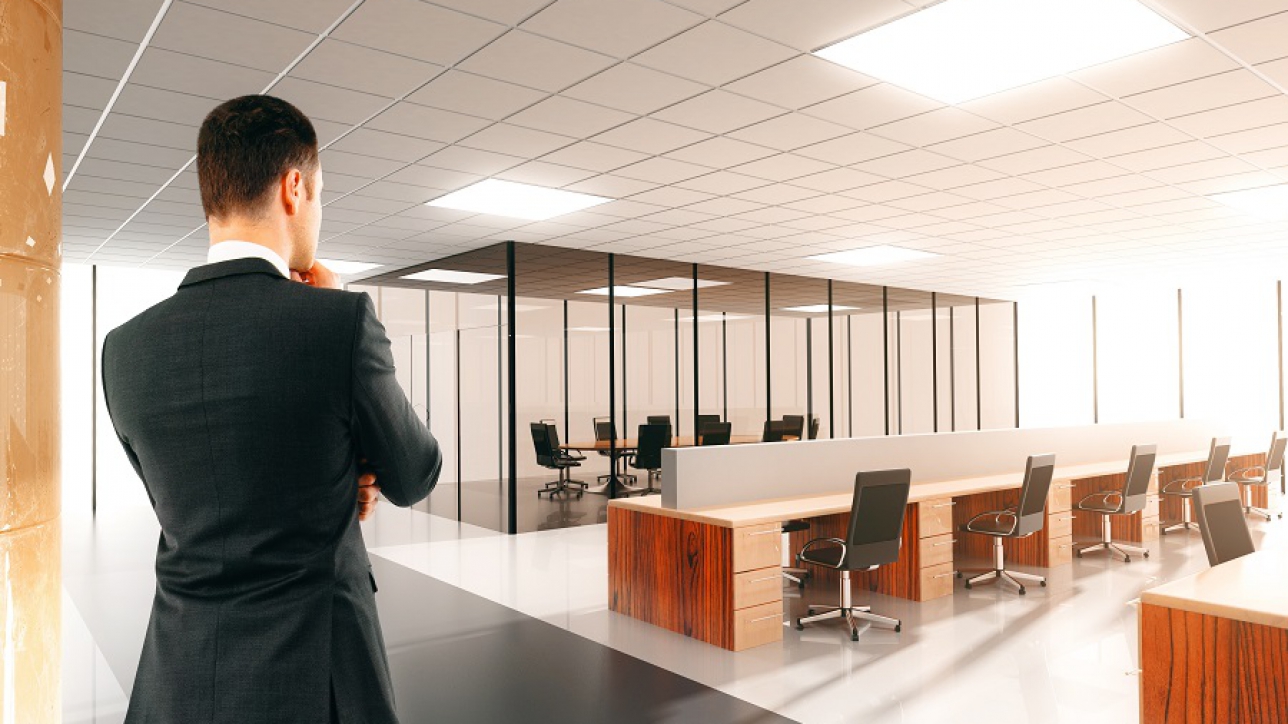At one time, the “open office” idea was considered an excellent way for employees to collaborate and develop great ideas. But as time passed, organizations are finding that the no-walled office isn’t as effective as first believed. Furthermore, changing technologies and shifting workforce demographics mean trends are moving away from the open-office floor plan, and are focused more on employee attraction, retention and well-being.
The Open Office Concept – What Went Wrong
Invented during the mid-20th century in Germany, the idea behind the open-office floor plan was that tearing down walls between employees would lead to more collaboration and breakthrough ideas. By replacing enclosed offices with cubicles (which could be moved, as needed), barriers would go away, and creativity would flourish.
U.S. corporations embraced the concept in the 21st century, believing that, as teamwork and ingenuity increased, costs would decrease. When it came to the bottom line, the open floorplan meant less real estate per employee was required.
As the 2000s gave way to the 2010s, studies were mixed as to the open floorplan’s effectiveness. Research determined that collaboration increased, but at a cost. Worker attention and productivity plummeted, while sick days increased. One study showed that open plans reduced employee productivity by 15%. Another demonstrated that workers lost an average of 86 minutes a day, due to distractions.
Far from being the creative, collaborative solution that original open-office planners envisioned, the concept was creating the opposite impact.
Why Things Are Changing
The open-office concept still has adherents. In other cases, however, things are changing. Research from companies such as Gensler and Planning Design Research (PDR) point out that changes in technology and demographics are impacting how employees operate. This, in turn, is leading to a focus on different office designs.
From the technology standpoint, mobility from smaller laptop computers and tablets means employees can work anywhere, from a standard office, to a corporate-owned outdoor patio, to a coffee shop, to the sofa at home. And, while millennials are thought to be the driving force behind changes in office efficiencies, PDR pointed out that, for the first time in history, four generations are working together, in the same office space. By 2020, there will be five generations working side by side, as Generation Z enters the workplace. Both millennials and Generation Z are not fans of the static, nine-to-five office set-up, and prefer flexibility.
Five Impacts on Office Design
As a result of the above trends, look for the following to impact office design:
1) Death of the “personal desk.” As mentioned above, technology gives employees greater autonomy to move between spaces throughout the workday. Remaining in one spot is becoming obsolete, as is working from the office.
2) Activity-based design. Activity-based design means that space fits the activity. Writing a report might necessitate a soundproof room, while collaboration can take place around a table. The thoughtful office design offers “quiet zones” for concentration work, booths for phone calls and open spaces for collaboration.
3) Flexible office furniture. Office furniture is being designed to adapt to ever-changing technology needs. One example is the ARC monitor arm, that can hold different computer screen sizes.
4) Data-driven design. While this might smack of “Big Brother,” the opposite is true. Some companies are collecting and analyzing data about how employees interact, in an effort to develop office designs that can better fit with how employees function.
5) Employee wellness driving parameters. The new standard is WELL Building Certification, issued by the International WELL Building Institute (IWBI). The standard encompasses issues ranging from spaces with plenty of natural light, to green practices, to health and wellness, such as physical movement during the day and healthy snacks. The goal is to promote employee well-being and happiness.
From Open to Effective
The good news about today’s office trends is that different ideas are being introduced, tried, and studied. Amid the change, one overall inclination is that office design is focused on the employee, rather than the employee being forced to fit the design.

